Understanding Busduct Systems
A busduct system is an essential component in the electrical distribution network, providing a robust and efficient pathway for transmitting power. These systems are engineered to ensure the safe and reliable distribution of electricity across various settings, from commercial buildings to industrial plants.
Types of Busduct Systems
The diversity of bus duct configurations caters to different applications and requirements. Isolated phase bus ducts are designed for connections that require individual phase segregation, often used in power generation stations. Sandwich bus ducts offer a compact and low-inductance solution for tight spaces. For environments demanding high durability and resistance, cast resin bus duct systems provide excellent performance with their encapsulated conductors.
Applications and Features
Busduct systems are versatile, finding applications in a range of environments. The cable bus duct is particularly suited for data centers, ensuring stable power delivery to critical IT equipment. In contrast, lv bus duct (low voltage bus duct) systems are commonly utilized in commercial settings for efficient power distribution at the consumer level. Features of busduct systems include their adaptability to different power loads, ease of installation, and minimal maintenance requirements.
Materials and Advantages
Manufacturers use various materials in busduct construction, such as aluminum or copper, to optimize conductivity and durability. The siemens bus duct and ge bus duct are examples of systems that integrate advanced materials and design techniques to enhance performance. The advantages of using a busduct system include improved safety due to enclosed conductors, space-saving benefits, and the reduction of electromagnetic interference.
Selection Criteria
When selecting a busduct system, it is crucial to consider factors such as current carrying capacity, the voltage level, and environmental conditions. Systems like the eaton bus duct and c&s bus duct come in various specifications to meet these diverse requirements. It is also important to consider the type of busduct, such as segregated phase bus duct or ipbd bus duct (isolated phase bus duct), depending on the application's isolation and heat dissipation needs.
Conclusion
In summary, a busduct system is a critical infrastructure component for efficient power distribution. With various types like square d bus duct and eae bus duct, there is a solution for every electrical distribution challenge. While selecting a busduct, it is essential to assess the specific needs of your application to ensure optimal performance and safety.

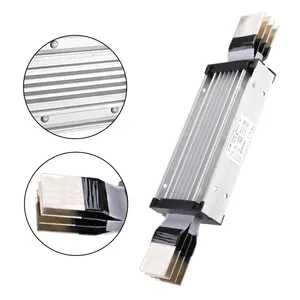



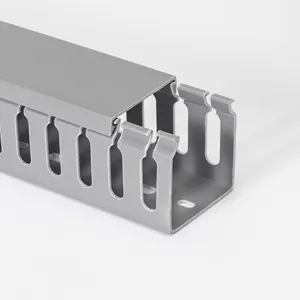


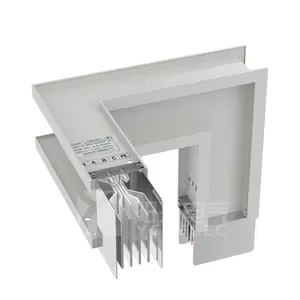



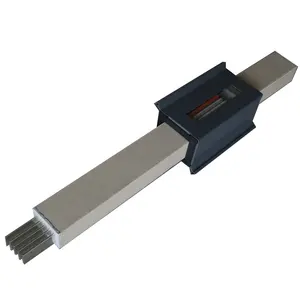


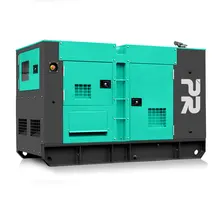



























 浙公网安备 33010002000092号
浙公网安备 33010002000092号 浙B2-20120091-4
浙B2-20120091-4